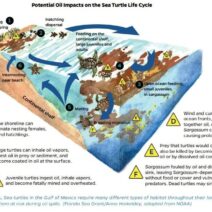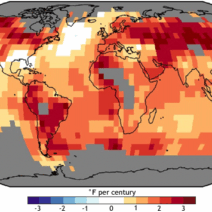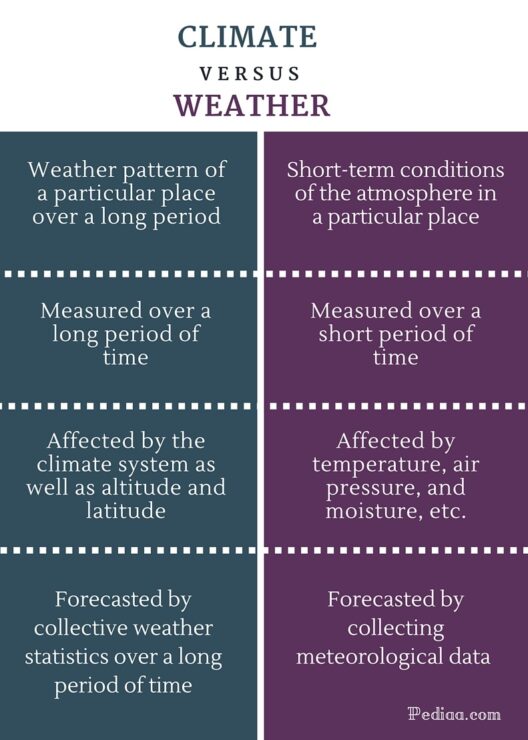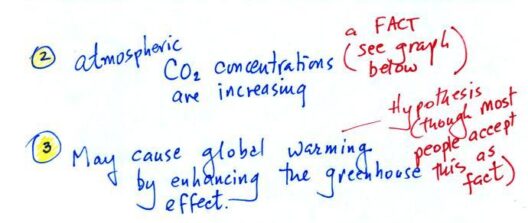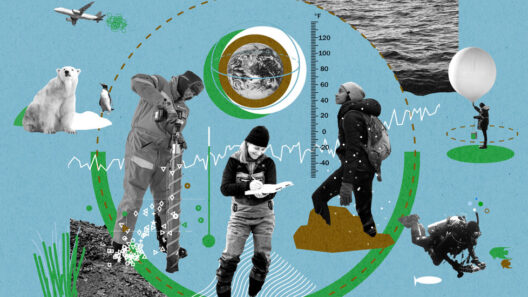Time ticks onward inexorably, like the relentless movement of sand through an hourglass, unyielding and indifferent to our urgency. The concept of the “climate clock” encapsulates this pressing reality, serving as a stark reminder of the dwindling opportunity humanity possesses to mitigate the disastrous effects of climate change. As the seconds slip away, the implications of inaction become ever more profound. What happens when the climate clock finally strikes zero? This question is not merely rhetorical; it warrants exploration into a multifaceted dilemma that encompasses ecological, socioeconomic, and political dimensions.
The climate clock symbolizes the finite timeline we have to avert catastrophic climate change. It is not merely a chronological countdown; it acts as a bellwether for the state of our planet. The urgency is palpable. Scientists estimate that we have a mere decade to curtail greenhouse gas emissions significantly to avoid the most catastrophic impacts of climate change. This urgency is reminiscent of a dam about to break, where the pressure builds until rupture becomes inevitable if corrective measures are not promptly applied.
A significant consequence when the climate clock runs out is the escalation of extreme weather events. Heatwaves, floods, hurricanes, and wildfires will become more frequent and severe. Imagine a world where the weather is no longer a predictable rhythm, but rather a chaotic cacophony, wreaking havoc on livelihoods and ecosystems alike. Regions that experience seasonal stability may find themselves grappling with relentless, unprecedented meteorological assaults. Agriculture will suffer as crops fail under unrelenting drought or are inundated by torrential rains. Food security will dwindle, leading to heightened competition for increasingly scarce resources.
As these climatic events unfold, the social fabric of societies will fray. Vulnerable populations, particularly in developing countries, will bear the brunt of these changes. Climate refugees will emerge as people are forced from their homes, not just by rising tides but by a host of factors fueled by climate-induced destabilization. The migration crisis will exacerbate existing geopolitical tensions, leading to conflict over resources and facilitating a cycle of displacement. In this scenario, it is the marginalized communities that often receive the harshest repercussions, bearing burdens that disproportionately impact their already precarious situations.
Economically, the ramifications of the clock striking zero will be monumental. The costs associated with climate disasters are staggering and escalating. An ounce of prevention is worth a pound of cure, but inaction leads to fiscal folly on a grand scale. Infrastructure will crumble under the relentless assault of climate events. Insurance companies will face ruin, governments will be forced to divert resources from essential services to disaster relief, and entire industries—especially those reliant on natural resources—will face existential threats. In some instances, the economic fallout could rival that of pandemics or global recessions, sending shockwaves through an interconnected world.
Furthermore, the loss of biodiversity is another harrowing consequence that would follow the end of the assumed grace period. As ecosystems unravel, species face extinction at an alarming rate. The metaphor of the canary in the coal mine fits aptly; as species begin to disappear, they signal the broader collapse of the ecosystems upon which human thriving depends. Forests, oceans, and wetlands, which have long served as Earth’s green lungs, will fail to function adequately, exacerbating carbon levels in the atmosphere. The interdependent network of life that sustains us teeters on the brink, and we risk losing irreplaceable genetic reservoirs and ecological services that are critical for our survival.
However, the end of the clock does not merely imply doom and gloom; it also compels us to reevaluate our path toward sustainability. The climate clock can be interpreted not just as an alarm but as a clarion call—a challenge to galvanize action. Innovations are emerging from every corner of the globe, signaling that a better future is achievable. Renewable energy technologies, electric vehicles, and sustainable agricultural practices offer glimpses of hope, illuminating the path toward a greener future. Individuals, communities, and governments are mobilizing, realizing that the collective power of grassroots movements can challenge the status quo and push for transformative policies.
Political will is essential in this defining moment. The clock offers both a warning and a pathway. Climate policy must facilitate a transition to renewable energy, bolster defenses against climate impacts, and ensure that marginalized communities are prioritized in adaptation strategies. The Paris Agreement is a testament to global acknowledgment of the climate crisis, but it requires robust enforcement and unwavering commitment from the international community. The urgency embedded in the climate clock necessitates concrete actions, such as carbon taxes, investment in green technology, and an international framework that encourages collaboration rather than isolationism.
As the metaphorical clock ticks down, we must embrace the reality that the future we desire hinges upon the actions taken today. In the face of impending catastrophe, there exists a moral imperative to act—not just for ourselves but for generations yet unborn. Legacy cannot be built on inaction; it rests instead on the bedrock of foresight, responsibility, and collective action. When time runs out, it’s not merely an end but a pivotal moment, where the crossroads of sustainability and despair can converge toward a path of resilience and renewal. The challenge is massive, the stakes are high, yet the opportunity for transformative change exists within our grasp. Harnessing the inherent potential trapped within the urgency of the climate clock could yield a future that, instead of being a tale of loss, becomes a story of triumph.
